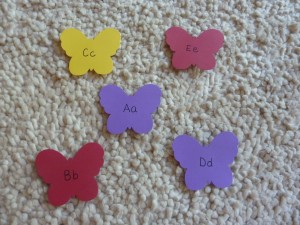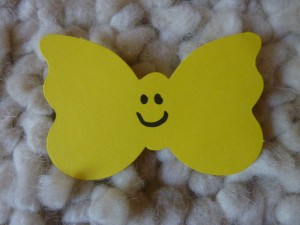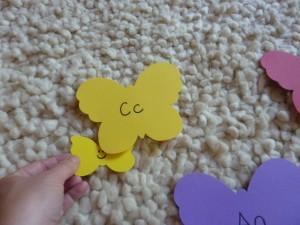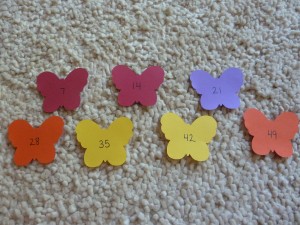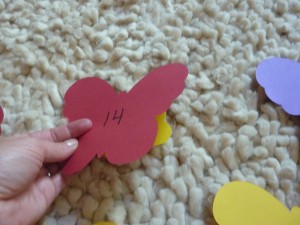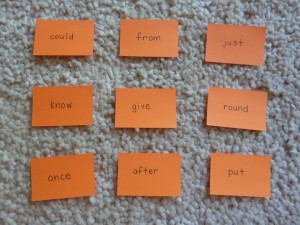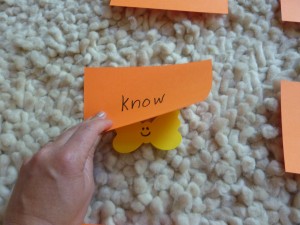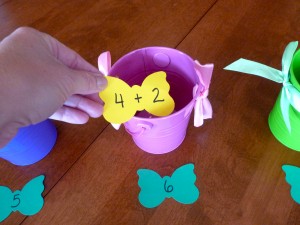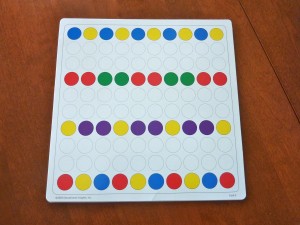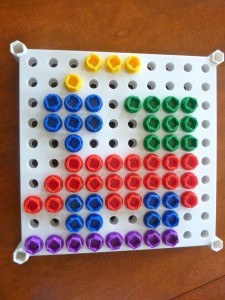This month I have two different memory match games to share, one using butterfly stickers and the other with Easter themed stickers.
My Obstacle Course Station Activity: Memory Match Game or Find the Same
Spring Butterfly Themed Memory Match Game:
I like to use calendar cutouts or colored index cards cut in half…

and thematic stickers. Place matching stickers on two separate cutouts or cards.
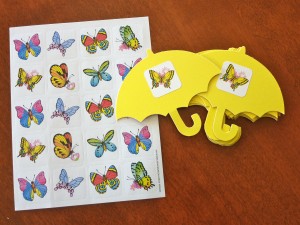
(The butterfly memory match is one of the more difficult ones we have done because he really has to pay attention to the details of the butterflies to distinguish between them.)
Set them out face down and that’s it!
Note: When we first began doing this game, I placed the cards face up and we played “Find the Same” to work on finding matching pairs. This helped him with visual discrimination and also gave him an introduction to what we were going to be doing once the cards were turned over.
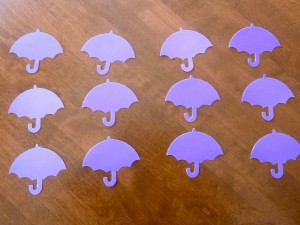
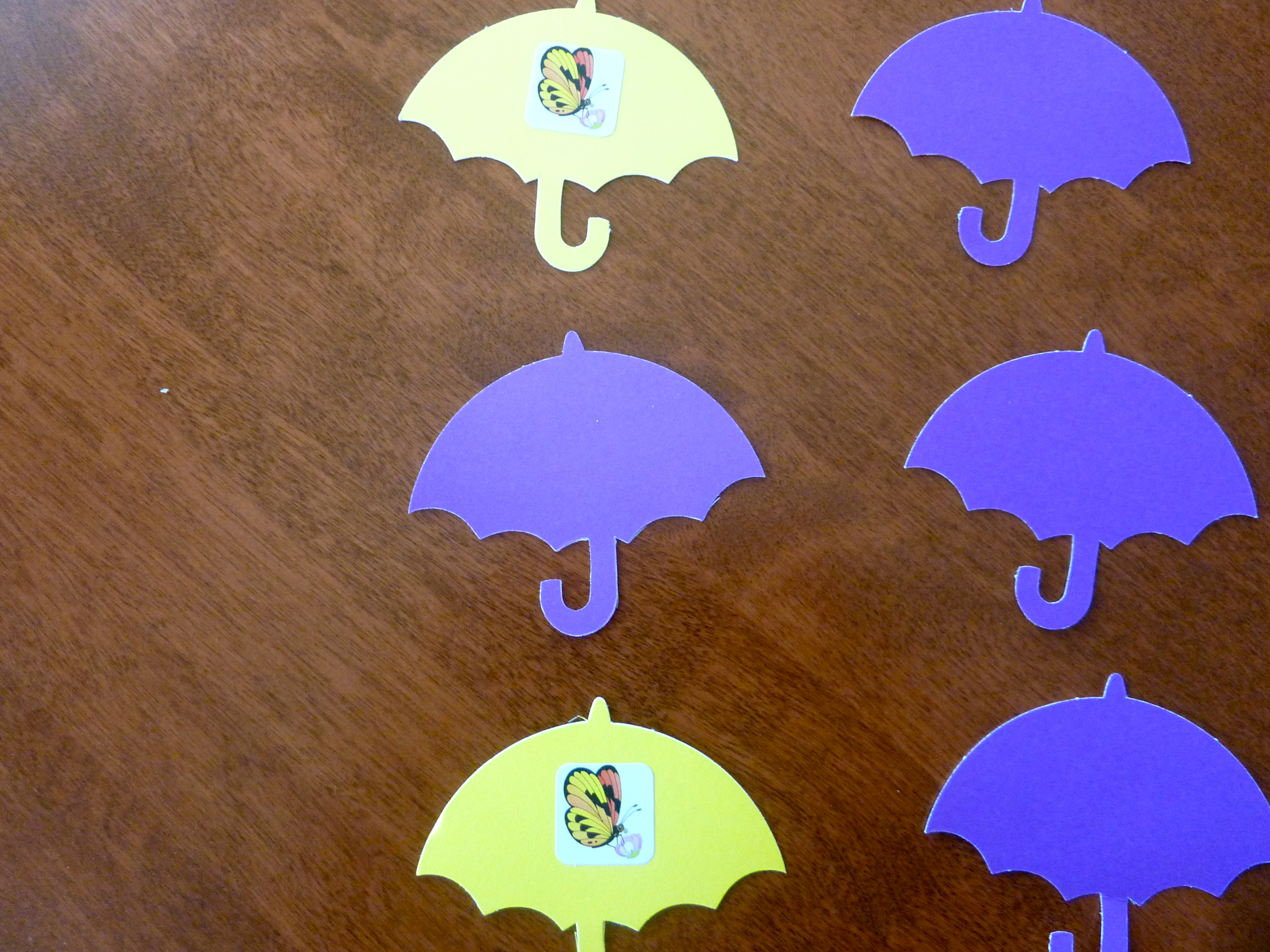
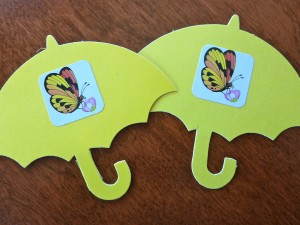
Easter Themed Memory Match Game:
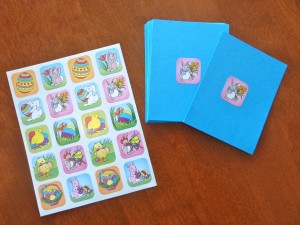

Note: There are tons of different kinds of stickers out there so if you don’t celebrate the holidays I am sharing about or if you have a child who is really into something, like vehicles or sports, you can substitute those kinds of stickers and make a game that will be appropriate for your family and motivating for your child.
Engage, Encourage and Empower!
